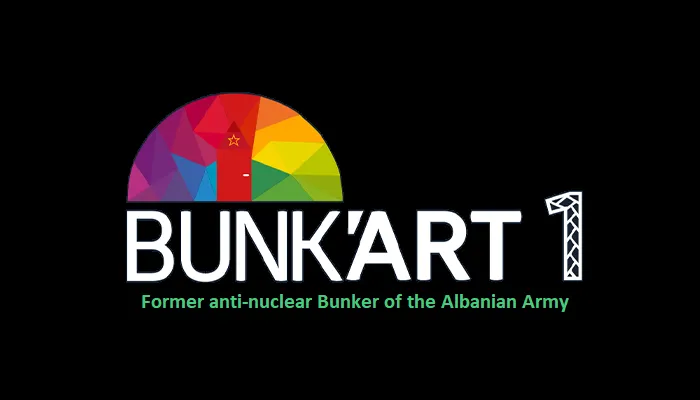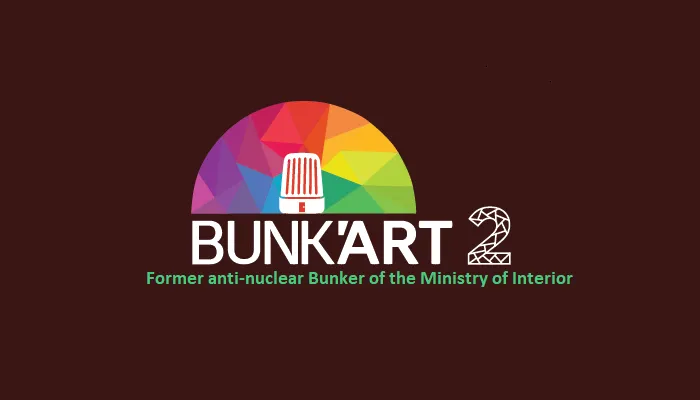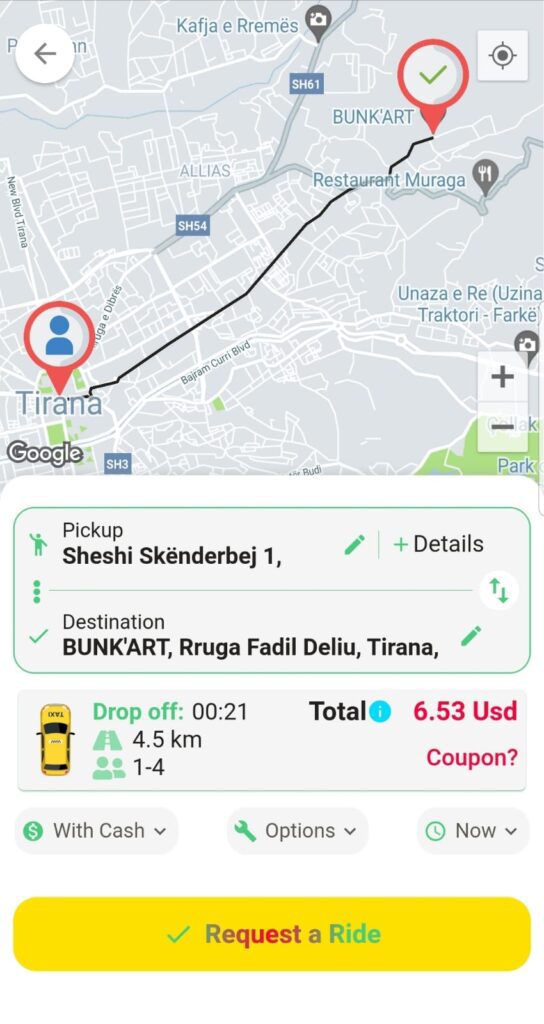A trip to discover the historical wonders of BUNKART Tirana is an exciting excursion rich in cultural value. In this blog article, we’ll walk you through ten crucial questions that can greatly improve your “BUNKART” experience. Every question acts as a guide to help you make the most of your visit, from comprehending the historical significance of the museum to navigating the complexities of its displays. It is important to take care of the details that will guarantee a smooth and enjoyable vacation as you get ready to immerse yourself in the rich tapestry of Albania’s past. Transportation is a crucial component of travel planning, and in the dynamic city of Tirana, the cutting-edge VrapOn Taxi app is the go-to option.

1. What is the short history of BunkArt 1?
In Tirana, Albania, Bunkart 1 is an intriguing historical marker with historical value. These bunkers, which were constructed under Enver Hoxha’s direction during the communist era, were intended to be a part of an extensive defensive network throughout Albania. In particular, Bunkart 1 functioned as a nuclear bunker for the nation’s military leadership and political class. Situated inside a hill on the outskirts of Tirana, it was built in secret. The purpose of this enormous subterranean facility was to protect senior government leaders from nuclear attacks and other external threats.
Following the collapse of communism in the early 1990s, underground bunkers were less strategically significant. Nonetheless, Bunkart 1 has been converted into a museum and cultural center recently. Explore the maze-like passageways, chambers, and tunnels that formerly served as a representation of Albania’s defense preparations and isolation during the Cold War.
2. What can we see inside BunkArt 1?
Some of the things you can see and experience inside Bunkart 1 include 1. Tunnels and Bunker Structure: The subterranean facility is a fascinating sight in and of itself. The network of tunnels, rooms, and chambers that formerly made up a covert and heavily guarded nuclear bunker can be explored by visitors. 2. Displays and Exhibitions: There are displays and exhibitions with historical objects, pictures, records, and video content all over the bunker. 3. Interactive Installations: Multimedia displays and interactive installations create an immersive experience at Bunkart 1. It provides the historical background. 4. Historical Context: Panels and informational displays give background information on the construction, use, and significance of the bunker during the Cold War. 5. Audio Guides and Guided Tours: Visitors may be able to take advantage of audio guides or guided tours that offer in-depth commentary, anecdotes, and more historical context.
3. What does its inside tell us?
The museum’s collection of historical objects, records, images, and multimedia displays illuminates Albania’s turbulent past, Enver Hoxha’s rule, and the nation’s experiences during the communist era. It provides a provocative look into Albania’s past and acts as a reminder of the nation’s progress toward democracy and openness. All things considered, Bunkart 1 provides a singular chance to investigate a genuine artifact from Albania’s past, enabling guests to comprehend the nation’s past, the difficulties of the Cold War era, and the effects of communism on society and government.
4. When can we visit BunkArt 1?
You can visit BunkArt 1 every day, from Monday to Sunday, from 9:30-16:00.
Address: Rruga Fadil Deliu, Tirane, Albania
Click here for Directions

5. What is the short history of BunkArt 2?
Constructed between 1981 and 1986, the Ministry of Internal Affairs tunnel is one of the most recent examples of the communist regime’s “great works” in the context of the country’s bunkerization project, which began in the early 1970s and resulted in the construction of 175.000 bunkers of varying sizes. There were three different forms of bunker construction: pits, houses, and mountain sites. The Ministry of Internal Affairs bunker is a “pit” type that was actually built by Construction Enterprise 10, a Ministry of Construction directorate that was responsible for building secret bunkers. The ministry opened a sizable pit next to the Ministry building, which was constructed in the 1930s as a result of an Italian project. Following the implementation of the internal spaces, the upper structure was covered in a thick layer of reinforced concrete that measures 240 cm in thickness (thickness is visible along the exit stairs).
6. What does BunkArt 2 look like on the inside?
This bunker, code-named “Objekti Shtylla,” has 24 rooms, a big hall for intercommunications, and an apartment set aside for the Minister of Internal Affairs. This bunker was constructed to survive a possible chemical and nuclear attack, just like many others of similar size. The bunker’s entrance and exit were constructed recently because, during the original project, only the Ministry could enter the tunnel.
7. When can we visit Bunk’Art 2?
You can visit BunkArt 2 Sunday-Thursday, from 9:30-18:00, and Friday-Saturday, from 09:30-20:00.
Address: Rruga Abdi Toptani, Tirane, Albania
Click here for Directions

8. What is the difference between Bunk’Art 1 and 2?
BUNK’ART 2 reconstructs the history of the Albanian Ministry of Internal Affairs from 1912 to 1991 and reveals the secrets of “Sigurimi,” the political police that served as the harsh tool of persecution used by the Enver Hoxha regime. On the other hand, BUNK’ART 1 is devoted to the history of the Albanian communist army and the everyday lives of Albanians during the regime of Enver Hoxha.
9. BunkArt 1 Ticket Price
The ticket price for BunkArt is 700 leke / person, and no reservation is needed. For people with a disability card, the entrance is free.
10. Ranking on TripAdvisor
TripAdvisor has awarded BunkArt as the “Travellers’ Choice 2023”. This is linked to the fact that it consistently earns great reviews from travelers, and it is ranked within the top 10% of attractions in Albania on TripAdvisor.
11. How to get to Bunk’Art 1 in less time?
There are two ways of transportation by vehicle to get to BunkArt1:
- By public transportation/by bus. To get there from the center of Tirana, you must take the bus “Line 11” (directed to Linza) from the outside of the “Palace of Culture”, near “Skanderbeg Square”. After that, you should ask the bus driver to stop near BunkArt. It is located very near to “Dajti Express” and it can be a good opportunity for you to also visit Dajti on the same day. The trip by bus lasts approximately 35-40 minutes, and it might be a little bit crowded with people inside.
- By Taxi, after downloading the VrapOn Taxi App on your phone and choosing Bunkart as your destination. Within 25 minutes, you’ll get to BunkArt from the city center. Below you will find the trip details and the links to download the Vrapon Taxi App:

If you need a taxi in Tirana or in major cities in Albania, you can book a taxi with the VrapOn Taxi App.







